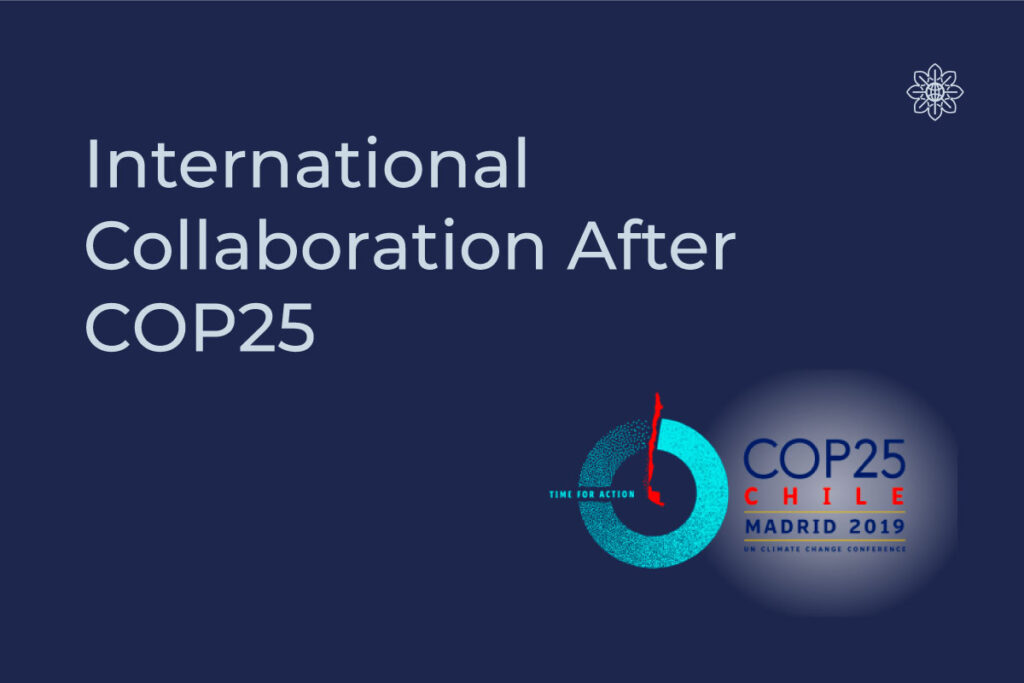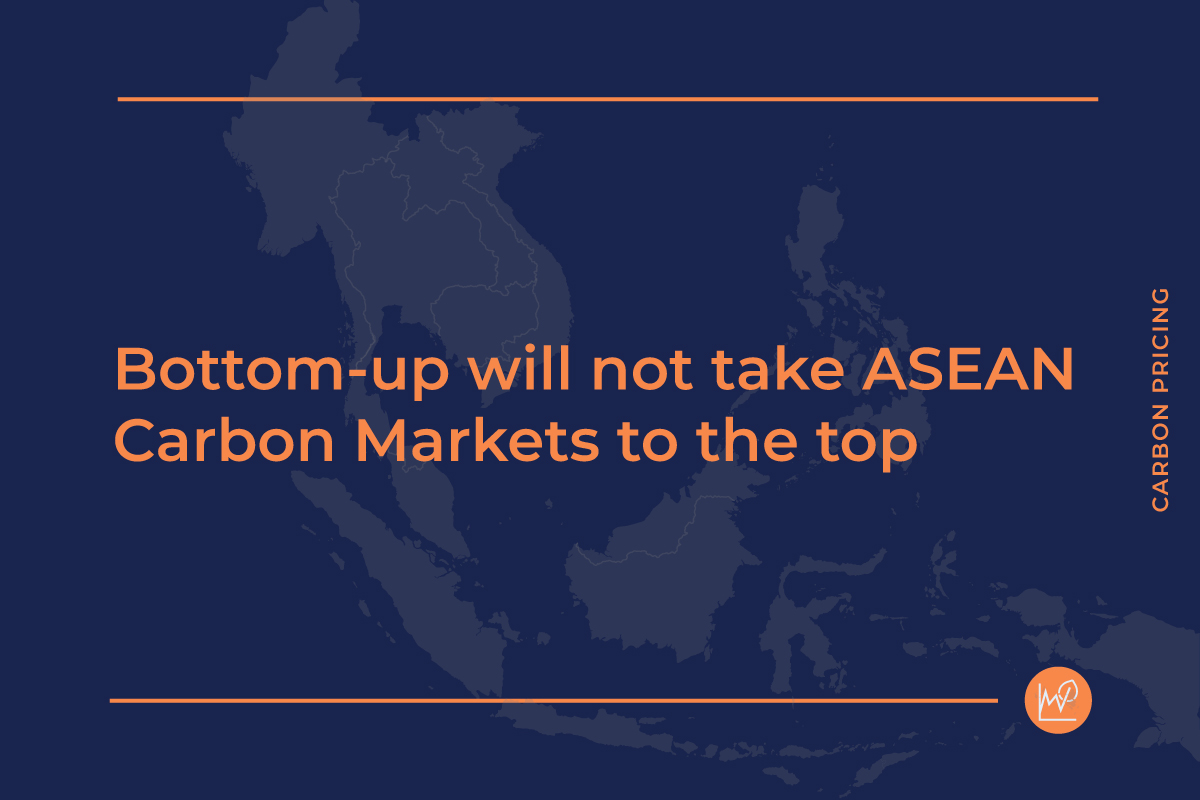COP25, held in Madrid under the presidency of Chile, concluded this past Sunday with disappointing results. Negotiations did not live up to the expectations, finishing with a weak agreement and without the operationalization of Article 6. COP25 was an unique opportunity to align government action with what is an increasing demand by people around the world to boost climate action. However, it is promising to see some governments taking the lead in measures such as the EU Green Deal and the San Jose Principles, which 31 countries have already endorsed. As a result, we remain convinced that the results of COP25 will not stop international collaboration towards climate action.
We are only partway through the implementation of the first NDCs. It has become increasingly evident that current pledges are not enough to limit temperature increase by 2o C, much less 1.5o C. Additionally, many of these NDCs, especially in developing countries, include a high percentage of conditional targets. International cooperation for financing, including cooperation through carbon markets, is essential to advance the implementation of mitigation actions to curve climate change and adaptation measures to limit its impact. It is equally critical to reduce the cost of implementation. Carbon markets, and more specifically internationally linked carbon markets, are an opportunity to reduce global costs of implementation of the NDCs by a third in 2030 and halve the costs of the world’s decarbonization efforts by 2050. Realizing these costs savings would allow both public and private sectors to focus more resources on improving prosperity. Requiring countries to achieve carbon neutrality in isolation by 2050 will be practically impossible, as the global distribution of sinks is skewed towards certain countries. This has been repeatedly confirmed by the annual World Bank State and Trends of Carbon Pricing reports. This evidence only serves to support the strong commitment voiced by several Parties during the COP25 closing plenary to continue their engagement in cooperative approaches under Art. 6.2.
Article 6.2 establishes a bottom up mechanism, under the guidance though not the control of the COP/CMA, in which Parties involved in cooperative approaches are to agree on the governance aspects and ensure environmental integrity avoiding double counting. This bottom up approach explains why countries are already engaging in pilots to make it a reality. The Katowice decisions laid out specify the requirements for the reporting and accounting of NDCs, along with the Transparency Framework, and they already have provisions related to reporting and accounting of internationally transferred units from these collaborative approaches. While the specifics still need to be defined, what we currently have, in addition to multilateral cooperative agreements with strong provisions on environmental integrity and avoidance of double counting, can form the basis of increased cooperation for future transfers of mitigation outcomes. Participation contracts will need to refer to and recognize they will be obliged by future decisions for the operationalization of Article 6.
In the closing plenary, countries reiterated their intention to keep going in this direction, e.g. Switzerland in reference to their existing 6.2 pilots. Initiatives such as the Climate Warehouse Initiative of the World Bank can strongly support this process by providing participants with a meta registry that facilitates the process of implementing carbon markets and assists the process of avoiding double counting. Furthermore, the San Jose Principles can form the basis for a Carbon Club, a concept for which several studies have been done, including some with the participation of Neyen partners.
In our opinion, these climate action drivers are indicators that we are currently experiencing a watershed moment. Multilateral Development Banks have dramatically increased their efforts to boost and quantify climate-related investments, with some of them committed already to walking away from fossil fuels. Private sector financial institutions are under close scrutiny to follow suit and decrease their links to fossil fuels investment finance and lending operations with companies. Financial sector stakeholders are making sure climate risk is internalized in their operations and investments are analyzed through the lens of ESG ratings.
Multiple innovative initiatives, accelerators, incubators for climate-related innovative finance and mitigation and adaptation technologies are seeing increasing amounts of success. In addition to the previously mentioned Climate Warehouse, we see another example in the 2 billion USD mobilized in the Climate Finance Lab. Consumers are demanding new greener products and increasing the pressure for not only climate action but also ocean friendly and nature-based solutions, as recognized in the Chile Madrid Time for Action decision made in the final moments of the COP.
All this shows that we must continue to work towards achieving Article 6 for 2020. In our opinion, we have seen a majority of institutions around the world moving towards this direction, with or without governmental involvement. Instead of being discouraged by the results of COP25, we can use this drawback to boost international collaboration.




